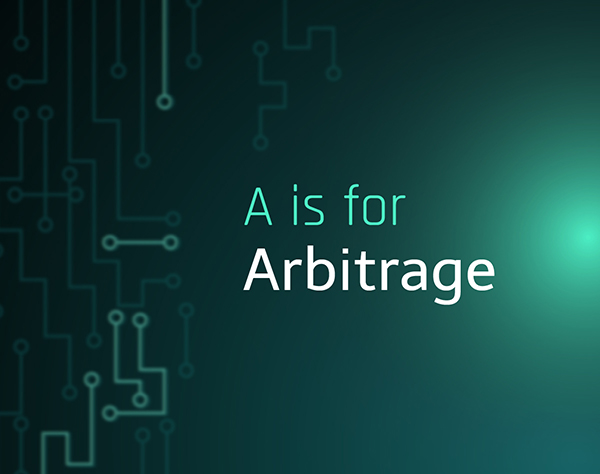Barriers are a feature of some options, where the option is activated or deactivated if the price of the underlying asset reaches or breaches a specific level – the “barrier.
There are two main types of barrier option:
- Knock-in options. Like standard options, these give the buyer the right, but not the obligation, to buy or sell a certain amount of an underlying asset at a pre-agreed price. The option is activated — or “knocks in” — only if the price of the asset crosses a preset barrier. There are “down-and-in” options, where the asset price must fall to the barrier to be activated, and “up-and-in” options, where the asset price must rise to the barrier. Find out more and look at an example here.
- Knock-out options. This is the opposite of a knock-in option. The option is deactivated or “knocked out” (so you no longer have the right to buy or sell) if the underlying asset price reaches the barrier. There are “down-and-out” options, which knock out if the price falls to the barrier, and “up-and-out” options, which knock out if the price rises to the barrier.
Example of a knock-in option
Imagine you’re a UK business that owes a US supplier $10,000, due in two months’ time. Right now, GBP/USD is 1.25, so £1 buys you $1.25. If nothing changes, it will cost you £8,000 to pay the invoice. If GBP strengthens against USD, your pounds are worth more and the invoice will cost you less. However, if GBP weakens, buying the USD to pay the invoice will cost you more. You would like to protect yourself from this risk but don’t want to pay too much for the hedge. Importantly, while you expect some movements in FX rates, you’re fairly confident that there won’t be a major disaster leading to a crash in GBP. As a result, you don’t feel you need protection against extreme movements.
You buy a knock-out barrier option with a strike price of 1.25 and a barrier of 1.0. After two months, it’s time to pay your invoice. There are three broad scenarios:
- GBP has strengthened, with GBP/USD at 1.33. You don’t exercise your option and it costs you only £7,500 to pay your invoice, plus the cost of the option.
- GBP has weakened, with GBP/USD at 1.2. The barrier has not been breached and you exercise your option. It costs you £8000 to buy the $10,000 you need, at the pre-agreed exchange rate of 1.25, plus the cost of the option. Without the option, you’d have had to pay £8,333 (10,000/1.2)
- GBP has weakened significantly, with GBP/USD touching 1.0 before recovering to 1.1. The “disaster scenario” that you weren’t expecting has happened. The barrier was hit and even though GBP has now recovered above the barrier, your option has knocked out and you cannot exercise it. It will now cost you just over £9,000, plus the cost of the option, to pay your invoice. Perhaps you now wish you’d paid a bit more for a standard option…
This example is for illustrative purposes only. Actual terms and conditions will vary. As with all option strategies, capital is at risk.

Some Facts
- Barrier options are typically cheaper than standard options. This is because they’re only exercisable while the underlying asset’s market price stays above or below a certain limit, which protects the other party from the risks of wider fluctuations.
- Barriers can be monitored continuously or on specific dates. Barriers are usually monitored continuously and the option knocks in or out as soon as it’s breached. In a Parisian option, the barrier is also monitored continuously, but the option only knocks in or out if the barrier continues to be met for a specified period of time. Barriers can also be monitored only on specific dates (e.g. weekly or monthly).
Want to know more?
- This video tutorial takes an in-depth look at knock-in and knock-out options, including how they’re valued.
ALT21’s perspective:
“Knock-in barrier options can be a cost-effective way to protect yourself from currency exchange fluctuations. Because the option only comes into effect if the exchange rate hits a certain threshold, you can make significant savings on the premium. Knock-out barrier options are higher risk as, if the exchange rate moves more than you expect and the option knocks out, you’ll be left unprotected. These are best left to experienced traders.“


